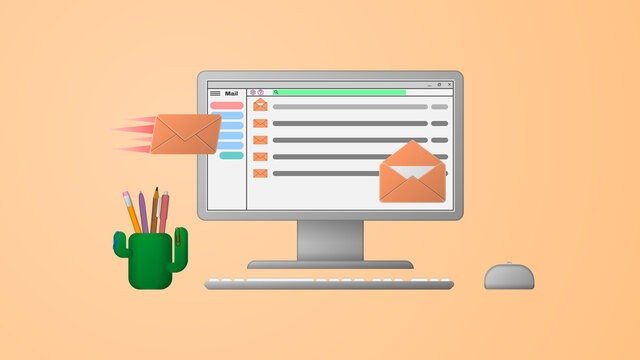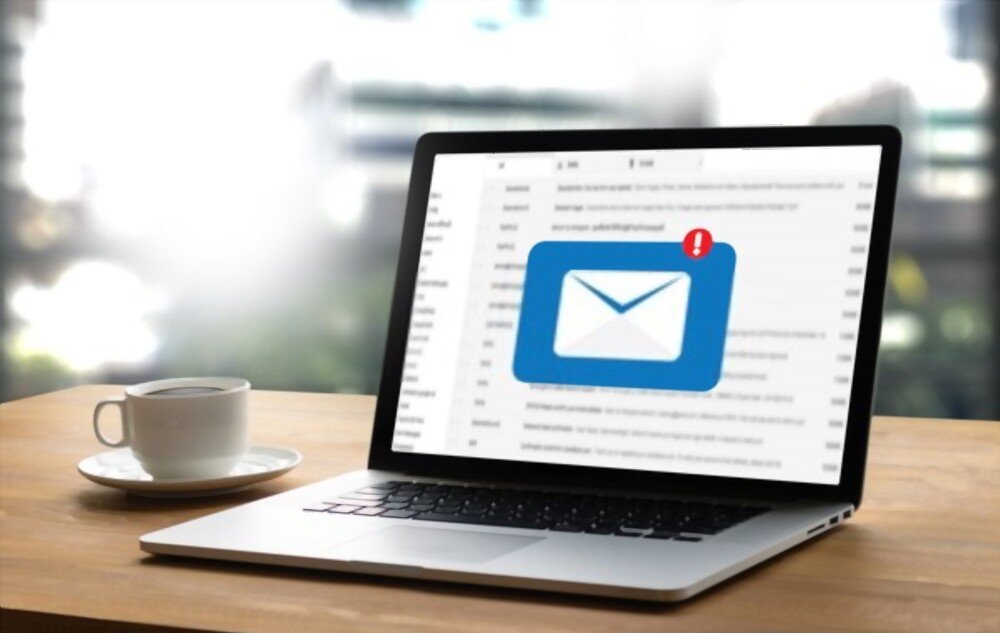In the world of electronic communications, the use of emails is essential. However, it is important to understand how certain features work to use email efficiently and respectfully to recipients' privacy. In this article, we will look at BCC (Blind Carbon Copy) and its role in email communication. We will also compare this feature with other common elements of emails such as CC (Carbon Copy), subject, message and attachments.
What is the BCC?

The BCC, or "Blind Carbon Copy", is a functionality of the emails allowing to send a message to several recipients without these being able to see the email addresses of other recipients. Concretely, this means that when an email is sent with recipients in BCC, they receive the message without having access to the full list of recipients.
Comparison between BCC, CC, subject, message and attached file
BCC
As mentioned earlier, BCC is used to send an email to multiple recipients while maintaining their privacy. This can be particularly useful in situations where sending an email to a large group of people is necessary, but it is best not to disclose the email addresses of all recipients.
CC

The CC, or "Carbon Copy", is a function similar to the BCC, but with a major difference: when recipients are added in CC, their email addresses are visible by all the other recipients of the message. The CC is therefore less suitable for protecting the confidentiality of recipients, but can be useful in situations where it is necessary that all recipients know that has received email.
Proper use of BCC
Maintain confidentiality
One of the main benefits of using BCC is protecting recipient privacy. When emailing a group of people who don't necessarily know each other, it's best to use BCC to avoid sharing their email addresses with the entire group. This reduces the risk of spam and privacy violations.
Avoid unnecessary group responses

Using BCC can also help avoid unnecessary group responses. When recipients are CC, they can reply to all recipients by default, which can lead to inbox clutter and irrelevant replies for some recipients. By using BCC, you ensure that replies are addressed only to the sender, simplifying email management for all participants.
Manage newsletters and announcements
The BCC is also useful for managing newsletters and announcements. When sending information or promotions to a large number of people, it is important to maintain their privacy by using BCC. This also ensures that recipients will not respond to the entire mailing list, avoiding unnecessary clutter in inboxes.

When not to use BCC
It is important to note that BCC is not always the ideal solution. In some situations, it may be better to use CC or send individual emails. 1. Collaborations and group communications When working as a team on a project or communicating with a group of people who need to be informed about each other, it is best to use CC. This allows group members to know who else is involved and respond accordingly.
When transparency is necessary
In some business situations, it may be necessary to explicitly show recipients that others have been copied on the email for transparency or accountability reasons. In these cases, CC is preferable to BCC.
Conclusion
BCC is a valuable tool for maintaining email recipient privacy, avoiding unnecessary group replies, and managing newsletters and announcements. However, it is important to use it wisely and choose other options, such as CC, when the situation requires it. By understanding the differences between BCC, CC, subject, message and attachments, you will be able to use emails more efficiently and respectful of the privacy of your recipients.




